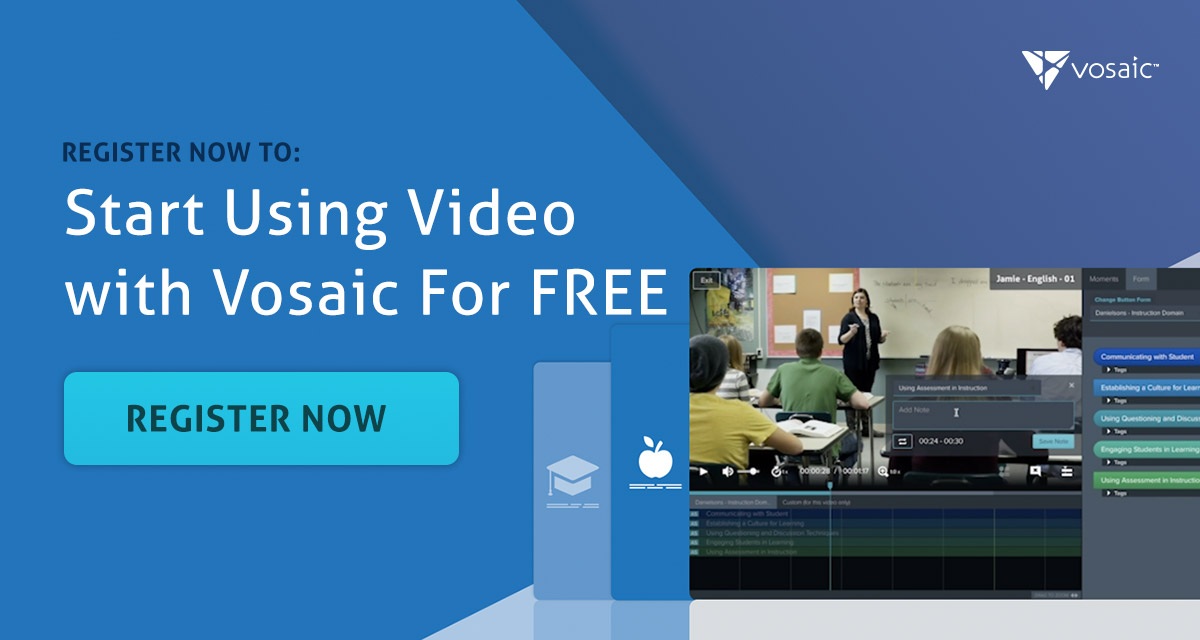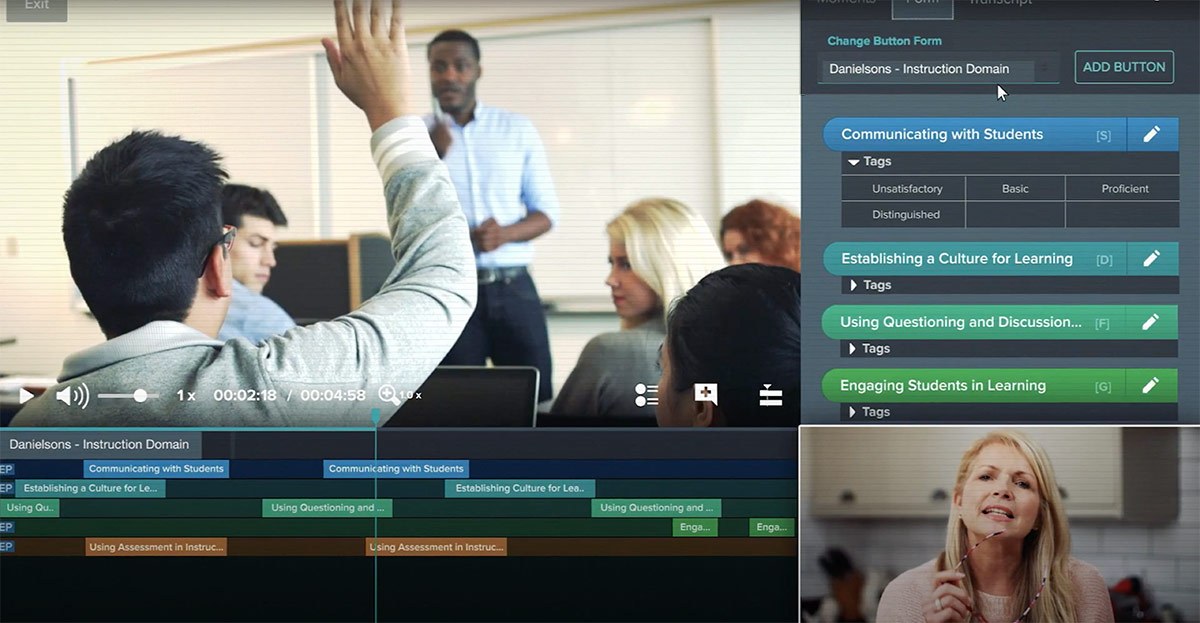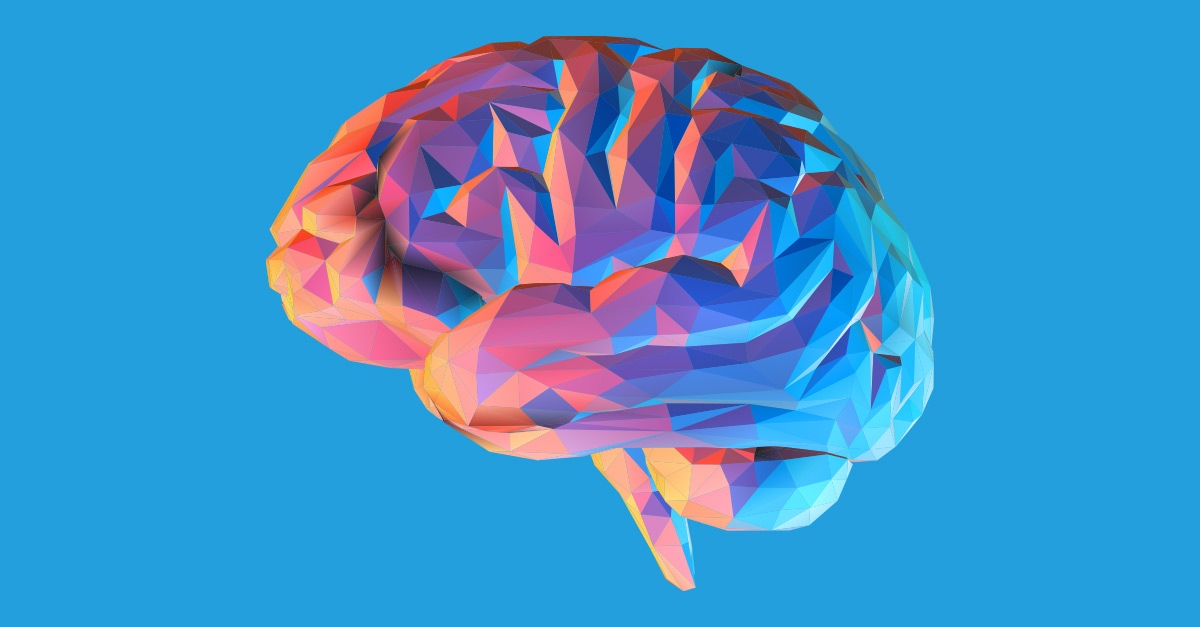Table of Content
- Psychology of Judgment
- Benefits of Observing Deliberately
- Why Video Creates the Least Judgmental Environment
- Low-Inference Vs. High-Inference
Observers struggle to provide useful feedback to teachers that doesn’t contain a wealth of implicit bias. While drawing on past experiences and expertise when making observations can be extremely helpful in most situations, it is also useful to look only at strictly factual information within classroom observations to ensure no bias is sneaking in. Where is the connection between these two seemingly unrelated sides of the same coin? “Video in Teacher Learning: Through Their Own Eyes”, a book by Laura Baecher, helps us in our discovery of the answer to that question.
Psychology of Judgment
The human brain is wired to formulate quick judgments as a survival mechanism (think pulling your hand away from a hot stove, or determining in a split second that an animal is a predator, and choosing to run). Teachers’ decisions are, of course, impacted by how much time they have to make them. Teachers make thousands of decisions per day, big and small, so it’s easy to see why fight or flight responses kick in. Our goal, however, is to reduce the presence of quick judgments about teachers in classroom observations.
Each of us has two systems for thinking, housed inside our brains. The first system relies on our feelings and is more intuitive, while the second system requires slow, conscious attention. This second system considers any evidence present in a given situation. Here’s a quick recap on slowing your automatic brain down.
System 1 creates implicit biases that eventually turn into action and potentially impede student and teacher growth. What we think we “observe” might actually be a conjecture made in a split second, based on past experiences.
Stay on Top of Important Discoveries
We read case studies and academic journals so you don’t have to. Sign up and we’ll send you the key takeaways.
Benefits of Observing Deliberately
You might wonder if teachers can really grow using only factual observation data. In her book “No More Feedback,” Carol Sanford explains that adequate reflection that drives growth and change is actually a capacity that people must develop within themselves. Outside pressure or even suggestion cannot force reflection. By removing anecdotal evidence, and instead presenting only what can be physically observed, we leave room for teachers to discover areas of growth on their own, or at least further down the road, after they’ve had time for necessary reflection.
Besides giving teachers room for real reflection, there are many other benefits of observing deliberately, using only what can be physically observed. According to “Video in Teacher Learning,” this type of observation can
Help teachers gather evidence that aid in tracking learning targets
Assess the impact of the current methods being used
Create space for reflection on the connection between teaching and learning
Help identify students’ strengths and weaknesses
Challenge any implicit bias that might be present
Generate a sense of order around dilemmas that need addressing
Why Video Creates the Least Judgmental Environment
Observers can and should engage in bias training to ensure they understand the difference between low-inference (factual; not including judgment) and high-inference (anecdotal; includes implicit bias) observations. While there are many ways to approach this training, video based teacher observations create an instant environment of non-judgmental feedback.
Video analysis safeguards observations from bias, as evidence of what exactly occurred, is produced for reflection and data-collection purposes. Consistent findings from the research show that video analysis of teaching creates a sense of cognitive dissonance in teachers; what they see in the video often conflicts with thoughts they have about their teaching while in the midst of it.
This can mean both that they believed themselves to be stronger in specific skills, and find themselves with room to grow, of that they believed themselves to be lacking, and find instead strengths. Video analysis also supports teachers’ reflection and awareness of action, allows for collaborators to create shared definitions of good practice, and, overall, impacts teacher skill development.
Using any video for teacher observation is preferable to not using video analysis at all, but getting started with video analysis can seem stressful for teachers and observers. Using a platform that's specific to observations that features proper tools for marking moments and making comments makes the whole process much simpler.
Low-Inference Vs. High-Inference
Even when using video to make non-judgmental observations possible, training on what constitutes a low-inference and high-inference statement is in order for both notes taken during the observation and reflection conversations held afterward.
A good rule of thumb? Avoid “I think,” and “I feel,” statements, even those that are used out of habit, just to launch into a sentence and the “meat” of what you’re really trying to say. Begin instead with “I see,” or “I hear” statements.
Other advice on keeping observations low-inference from “Video in Teacher Learning” includes recording only what is observable, using highly descriptive and specific language, and including exact counts of events or actions you observe. Observe jargon-free and factually.
The following classroom observation examples show the difference between low-inference and high-inference observations within specific scenarios.
High-Inference
“The lesson pace was too slow.”
Low-Inference
“Five students completed the activity with four minutes remaining and proceeded to engage in unrelated conversation.
High-Inference
“You did not demand exactness in student responses.”
Low-Inference
“When the teacher was reviewing the answers from an assignment, she did not require students to explain how they arrived at their answers.”
High-Inference
“You checked for student understanding for only some of the class.”
Low-Inference
“Teacher called on some students, but did not ask the entire class to respond. Teacher had no way of knowing whether the students he did not call on produced a correct answer.”
About Vosaic
Vosaic’s cloud-based video platform is used to help teachers, pre-service teachers, and professionals bridge the gap between theory and practice. Easy-to-use video recording, commenting, and sharing enables users to more effectively observe, coach, and mentor. Teachers and coaches can upload, record, and share videos for evaluations, feedback, self-reflection, and so much more.




